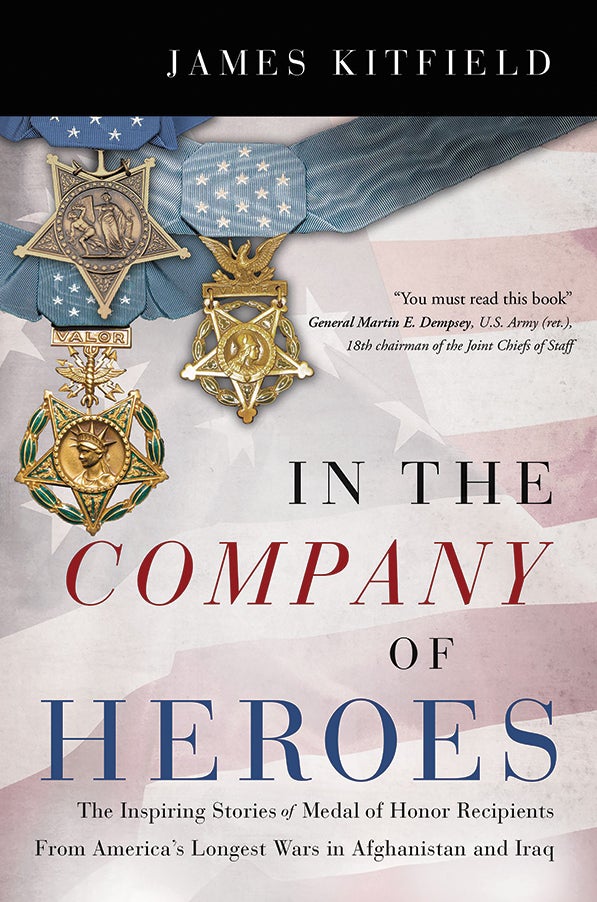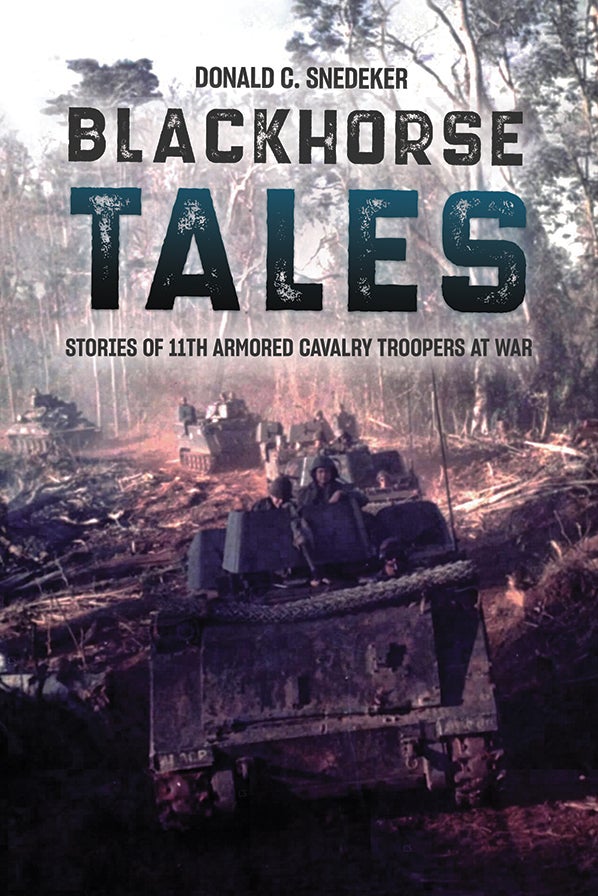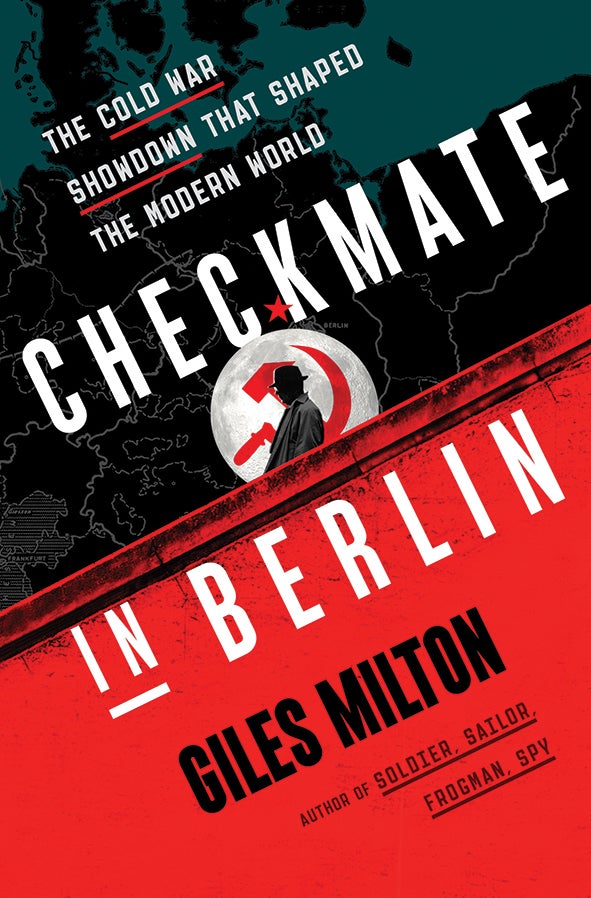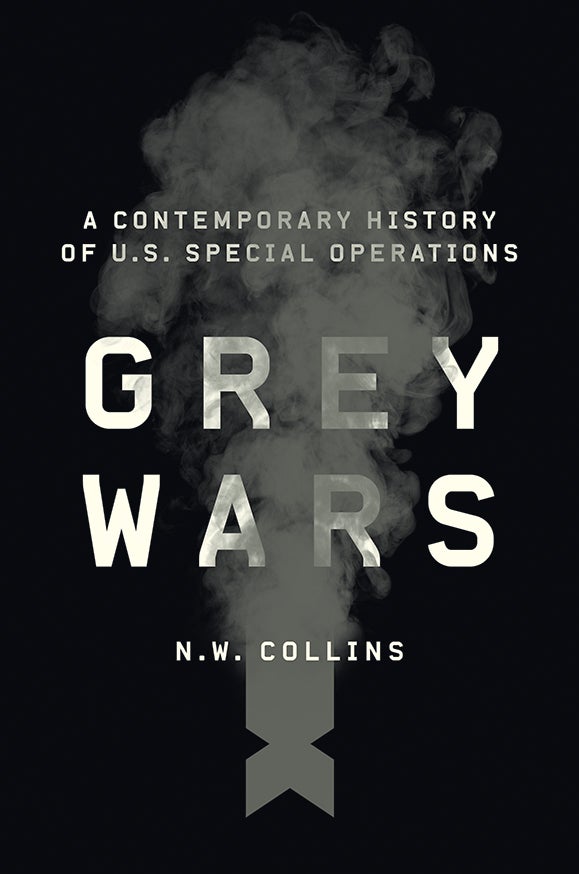December 2021 Book Reviews
December 2021 Book Reviews
Valorous Few Memorialized With Medal

In the Company of Heroes: The Inspiring Stories of Medal of Honor Recipients From America’s Longest Wars in Afghanistan and Iraq. James Kitfield. Center Street. 304 pages. $24.99
By Lt. Col. Joe Byerly
Since 2001, over 2.7 million service members have deployed in support of the war on terror, many with multiple deployments to Iraq and Afghanistan. While there are untold stories of heroism and sacrifice, only 25 service members from those conflicts have been awarded the nation’s highest award for valor, the Medal of Honor.
James Kitfield’s In the Company of Heroes: The Inspiring Stories of Medal of Honor Recipients From America’s Longest Wars in Afghanistan and Iraq provides a great reference for readers who want to learn more about their stories and reflect on their sacrifices. Some of these recipients were alive to receive the medal, while others made the ultimate sacrifice, and family members received the award on their behalf.
There are three themes that emerge from Kitfield’s book. First, that friction is inherent in war, and those who are able to overcome it make the difference. For instance, during the Battle of Roberts’ Ridge in Afghanistan, Navy SEAL Senior Chief Britt Slabinski and Air Force Tech. Sgt. John Chapman had to overcome problems with aircraft maintenance, communications equipment and poor intelligence about enemy locations. Although Chapman lost his life during the operation, his bravery and quick thinking, along with Slabinski’s, prevented a bad situation from getting worse. Both later were awarded the Medal of Honor.
In many of the chapters, Kitfield provides brief biographical sketches of the men profiled in the book. Therefore, another theme that arises is that every one of the recipients came from a different background and represented various communities in the United States. Army Sgt. 1st Class Paul Smith went to a technical high school in Tampa Bay, Florida. Marine Corps Cpl. Jason Dunham was “raised on a dairy farm in the one-stoplight town of Scio, New York.” Army Staff Sgt. Travis Atkins grew up in Montana and spent his summers hunting and fishing. This diversity of backgrounds teaches that a sense of purpose and a common mission can bring folks together in the service of something greater.
Finally, the stories recounted in In the Company of Heroes remind us that an individual can change the outcome of an event, regardless of rank and position. The men featured in the book were corporals, specialists, staff sergeants, technical sergeants and senior chiefs. What they all had in common was a sense of duty and the agency to take action when it was needed most.
In the Company of Heroes is an excellent resource for those who want to learn more about the post-9/11 service members whose acts of valor are memorialized with the Medal of Honor. Most of the recipients are soldiers, so those serving in the Army can use them as an example of what it looks like when individuals embody the Army Values.
The examples of valor included in this collection are not only interesting; they also serve as inspiration for those who want to honor their legacy.
Lt. Col. Joe Byerly is an armor officer who recently served as a special adviser with the U.S. Special Operations Command. He is a Non-Resident Fellow with the Modern War Institute at the U.S. Military Academy, West Point, New York, and is the founder of the website From the Green Notebook.
* * *
Armor Soldiers Share Vietnam Experiences

Blackhorse Tales: Stories of 11th Armored Cavalry Troopers at War. Donald Snedeker. Casemate Publishers (An AUSA Title). 304 pages. $34.95
By Command Sgt. Maj. Jimmie Spencer, U.S. Army retired
A combat adage defines war as long periods of boredom punctuated by moments of sheer terror. Blackhorse Tales: Stories of 11th Armored Cavalry Troopers at War by Donald Snedeker is all the proof needed to validate that bit of wisdom.
The 11th Armored Cavalry Regiment arrived in Vietnam in 1966 and departed in 1972. The soldiers assigned to the regiment served for a year before being replaced and sent back to the United States. Over the course of its 5½ years of combat in Vietnam and Cambodia, approximately 25,000 soldiers served with the unit. Most volunteered, some were drafted, and all answered the nation’s call.
“Always tired and occasionally scared” is how Joe Hogan describes his tour of duty. Fred Sheetz remembers: “We’d go swimming in the bomb craters but we had to throw hand grenades in first to kill the snakes and the leeches.”
The 11th “Blackhorse Regiment” has a long and storied history, dating to before World War I. Cavalry troopers are different from their infantry counterparts. Infantrymen are affectionately referred to as “ground-pounders.” They traditionally maneuver and advance on foot. Cavalry troopers today ride to the sound of the guns, not on horseback like their Civil War predecessors, but on steeds of steel.
For Blackhorse troopers, their armored vehicles acted as mobile homes, serving as their workspace, sleeping space and fortress. The men carried much of what they needed with them. Helicopters brought in fuel and ammunition, so there was no need to return to home base. And they were always on the move.
“Sitting on top of a tank or [an armored personnel carrier,] moving at a slow rate back and forth between long rows of trees, really seeing nothing but rubber trees, and hoping that you don’t get hit. How can something be boring and exciting at the same time?” regiment member Dave Stone asks in the book.
Blackhorse Tales captures the thoughts and reactions of young men in combat who just a few months earlier were in high school, spending time with friends. It also includes their reflections and recollections decades later. Their stories are easy to read. Ample photos and maps ensure the book will appeal to military and nonmilitary audiences alike.
Command Sgt. Maj. Jimmie Spencer, U.S. Army retired, held assignments with infantry, Special Forces and Ranger units during his 32 years of active military service. He is the former director of the Association of the U.S. Army’s NCO and Soldier Programs and is an AUSA senior fellow.
* * *
Meet the Soldiers Who Helped Run Post-War Berlin

Checkmate in Berlin: The Cold War Showdown That Shaped the Modern World. Giles Milton. Henry Holt and Co. 400 pages. $29.99
By Timothy Heck
With the end of World War II in Europe in sight, Winston Churchill, Franklin Roosevelt and Josef Stalin met at Yalta in February 1945 to determine the postwar order. Despite the overtly cordial relationship the war had necessitated, all three leaders came to the Crimean Peninsula with differing goals and objectives. How Germany, including Berlin, would be divided was high on the list of discussion items.
Giles Milton, a well-respected narrative historian, brings to life the military men who ran post-war Berlin in Checkmate in Berlin: The Cold War Showdown That Shaped the Modern World. These soldiers, whether they were American, British, French or Soviet, all brought with them personal and political prejudices that influenced their ability to lead and rule the city. Indeed, as modern soldiers might find familiar, few of the leaders had experience as civil administrators before being placed in those roles.
From the beginning, Milton presents the major players as more than thin cliches or trite simplifications. The post-victory fissures started almost immediately between the Western Allies and the Soviets.
Central to rebuilding and governing Berlin was Col. Frank “Howlin’ Mad” Howley of the U.S. Army. Howley was one of the few occupiers with previous civil affairs leadership experience, having run Cherbourg, France, after its liberation. In liberated Paris, he led the efforts to feed 5 million Parisians. In late 1944, Howley was offered the position as head of the American side of the joint British-American Military Government for Berlin. He quickly set about building a team of experts to help repair and rebuild the city.
Upon his arrival in Berlin, the stage was set for a tense, combined occupation. Howley’s interactions with his Soviet counterparts and his British partners are central to the book’s narrative. Every twist, turn and international deal is masterfully told by Milton. As World War II receded into the past, the relationship between the occupiers continued to sour, with provocations and misunderstandings increasing the tensions.
The book concludes with a masterful retelling of the Berlin Airlift, with due credit to its main architect, Maj. Gen. William Tunner. Tunner had experience in the China-Burma-India Theater during World War II and took over the haphazard efforts in place following the initial Soviet siege. Tunner’s organizational skill, ability to manage complex problems and willingness to adapt are well-recounted. Again, the cooperation of the Allied powers helped keep West Berlin free from Soviet control.
To his credit, despite the focus on the occupiers and governors, Milton does fine work interweaving the lives of ordinary West Berliners into his narrative. Unfortunately, the voice of the common East German citizen trying to make sense of war’s end and the occupation is not as present as that of their western neighbors. Milton also recounts the horrific sexual violence perpetrated by Soviet forces in the immediate aftermath of the war. Despite some stilted and inappropriate language, Milton’s ability to portray the German experience is admirable.
Gen. Lucius Clay, who was the military governor of the American zones of Germany, remarked in a speech to his senior officers, “You occupy the testing ground of international cooperation. The experiment in Germany cannot be permitted to fail.” As Milton recounts, the Western Allies cooperated among themselves, but failed when it came to working with the Soviets. Ultimately, that failure was a result of Soviet intransigence.
Checkmate in Berlin is an excellent survey of how the capital of Germany remained central on the world stage, even after Hitler was defeated.
Timothy Heck is the deputy editorial director at the Modern War Institute, U.S. Military Academy, West Point, New York. He also is a Marine Corps Reserve artillery officer serving with the Joint Chiefs of Staff Joint History Office. He is an editor of On Contested Shores: The Evolving Role of Amphibious Operations in the History of Warfare and multiple chapters and articles on the Red Army in World War II.
* * *
A Primer on Special Ops in Modern Times

Grey Wars: A Contemporary History of U.S. Special Operations. N.W. Collins. Yale University Press. 304 pages. $28
By Lt. Col. James Jay Carafano, U.S. Army retired
In Grey Wars: A Contemporary History of U.S. Special Operations, N.W. “Nancy” Collins—a writer, teacher and scholar affiliated with the Modern War Institute at the U.S. Military Academy at West Point and with Columbia University, both in New York—has crafted a readable and thoughtful tour through the history, structure, leadership, missions and challenges of contemporary American special operations forces. Grey Wars is a suitable introduction for those who have not worked with or are not familiar with the special operations community.
The book’s full title is a bit problematic. On one hand, there is no question that gray-zone conflicts below the level of war will be part of the future operating environment. This is an age of great-power competition. That is just a fact. Also true is that the major powers that have the capacity to significantly destabilize global peace and prosperity—China and Russia (and, on a more regional basis, Iran and North Korea)—all have one characteristic in common. They want to win without fighting. None of them wants a big war with the U.S.
That means they will look either deliberately or opportunistically for ways to distract or weaken American power and extend their own influence. Surrogates, indirect means, small wars, terrorism, nonattribution cyberattacks, disinformation, aggressive “wolf warrior diplomacy,” espionage and covert operations are all menu items for coming after the U.S. In turn, the U.S. may find itself acting in a symmetrical or asymmetrical manner to counter them or undertake American initiatives to take the fight to competitors.
Conversely, it is clear that gray wars are not the battlefield of special operations activities alone. America’s military shadow warriors are but a tool, albeit a crucial one, in the tool kit.
Grey Wars opens with a brief history of how we got here. Collins chooses to start this story with the 1979 Islamic Revolution in Iran and the inept U.S. response, including the failed American hostage rescue mission (Operation Eagle Claw) that ended so disastrously in the Iranian desert. Though American special operations forces are rooted in Army actions going back to World War II, the disaster at Desert One sparked their transformation into a modern military instrument.
Collins does not go into how that happened. Desert One was used by the Senate Armed Services Committee as a poster child to press for joint reforms, the effort that became the Goldwater-Nichols Department of Defense Reorganization Act of 1986, which dramatically transformed the structure and management of special operations.
The book does take us to all the places special operations forces have been in the past few decades, from Africa to Iraq, Afghanistan and elsewhere. Grey Wars, however, is not an operational history of fights and campaigns, though there are detailed accounts of some operations, like the assault on Osama bin Laden’s compound in 2011. Rather, Collins vacuums up the insights, impressions and observations of special operations warriors and their way of doing business.
Collins hits on a key lesson learned from the special operations experience that poses a challenge for operating in modern times. “Given that the meaning of conventional warfare changes over time,” she writes, “what is deemed a special operation is by definition not fixed.”
What keeps these forces special—and useful—is their capacity to adapt to new missions rapidly, fielding technology, skills, personnel and operational practices and delivering needed capabilities that other instruments of American power can’t.
What this history makes clear is that special operations forces will continue to be relevant. The U.S., however, must replenish and invest in these forces—providing for the rapid fielding of exotic technologies and addressing personnel shortages and lack of requisite language skills for all the places where these forces operate—to further advance the nation’s interests.
Lt. Col. James Jay Carafano, U.S. Army retired, is vice president of the Kathryn and Shelby Cullom Davis Institute for National Security and Foreign Policy and the E.W. Richardson Fellow at the Heritage Foundation think tank, Washington, D.C. He has a doctorate in history from Georgetown University, also in Washington.

